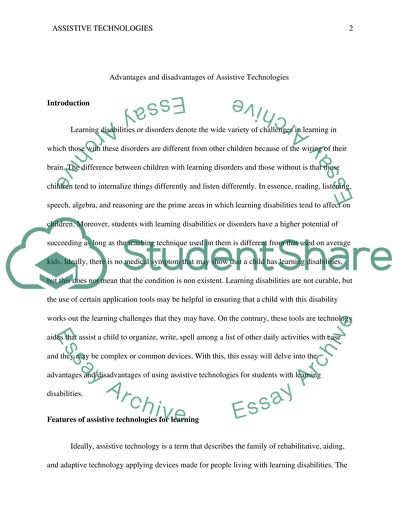Cite this document
(“Advantages and Disadvantages of Assistive Technologies for students Research Paper”, n.d.)
Retrieved from https://studentshare.org/education/1490678-advantages-and-disadvantages-of-assistive
Retrieved from https://studentshare.org/education/1490678-advantages-and-disadvantages-of-assistive
(Advantages and Disadvantages of Assistive Technologies for Students Research Paper)
https://studentshare.org/education/1490678-advantages-and-disadvantages-of-assistive.
https://studentshare.org/education/1490678-advantages-and-disadvantages-of-assistive.
“Advantages and Disadvantages of Assistive Technologies for Students Research Paper”, n.d. https://studentshare.org/education/1490678-advantages-and-disadvantages-of-assistive.


